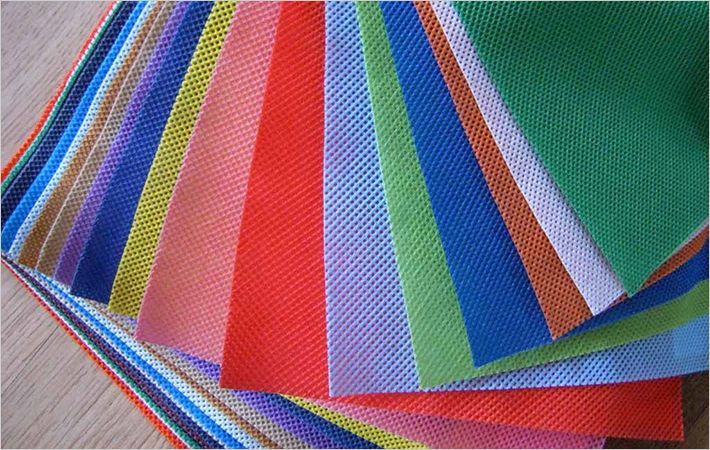EDANA has published a new Testing Recommendation for the detection of formaldehyde in nonwoven-based Personal Care wipes. The Recommendation is intended as advice on choosing the correct methods of analysis, both for reasons of regulatory compliance and to determine actual free formaldehyde levels under real in-use conditions. This Recommendation is the work product of EDANA's Formaldehyde Testing Task Force, an ad hoc group that worked through 2010-2011 and consisted of various EDANA members from across the nonwovens supply chain.
Formaldehyde is a naturally occurring substance that is widely found in both natural and man-made materials, and is even produced as a by-product in human bodies. It receives significant attention in the public domain due to evidence of its carcinogenic (i.e., cancer-causing) potential at certain doses, especially over long timeframes. It is therefore also highly regulated across the European Union and beyond. In September 2010, the French government submitted a proposal to update formaldehyde to a stricter regulatory classification throughout the European Union.EDANA has published a new Testing Recommendation for the detection of formaldehyde in nonwoven-based Personal Care wipes. The Recommendation is intended as advice on choosing the correct methods of #
EDANA members take very seriously their responsibility to exclude or limit any formaldehyde content of consumer products to the safe levels established by authorities. In Europe, a maximum authorised limit of 0.2% free formaldehyde is well-established for the lotions of Personal Care wet wipes under the Cosmetics Directive. Where the lotion contains any more than 0.05% free formaldehyde, companies are obliged under the Cosmetics Directive to inform consumers by printing the phrase “contains formaldehyde” on the product pack.
Therefore, for purposes of regulatory compliance (where required), the Testing Recommendation states that the lotions of Personal Care wet wipes are to be tested using the specific analytical method established by authorities and specified in the European Cosmetics Directive. Further, in order to separately test the dry nonwoven substrate used to make wet wipes, it is recommended to use the EDANA methods WSP 310 and 312 (updated versions of which are included in the recent 2011 Edition of the EDANA/INDA Book of Test Methods). These EDANA methods have been carefully designed to reflect real in-use conditions, and therefore may also be used to test 'finished' Personal Care wet wipes as they are found on product shelves. EDANA insists on the need to test Personal Care products using real in-use conditions (i.e., with a water-based extraction), since other methods (e.g., methods designed for paints) sometimes rely on extraction methods that can chemically modify the ingredients of Personal Care products, resulting in inaccurate results.
The recommended conditions for testing nonwoven substrates found in EDANA methods WSP 310 and 312 correspond to those required by the Öko-Tex® Standard 100 (European Eco-label for textiles).
About EDANA
EDANA serves the nonwovens and related industries, and has more than 220 member companies in over 30 countries. Its mission is to create the foundation for sustainable growth of the nonwovens and related industries through active promotion, education and dialogue.
EDANA

